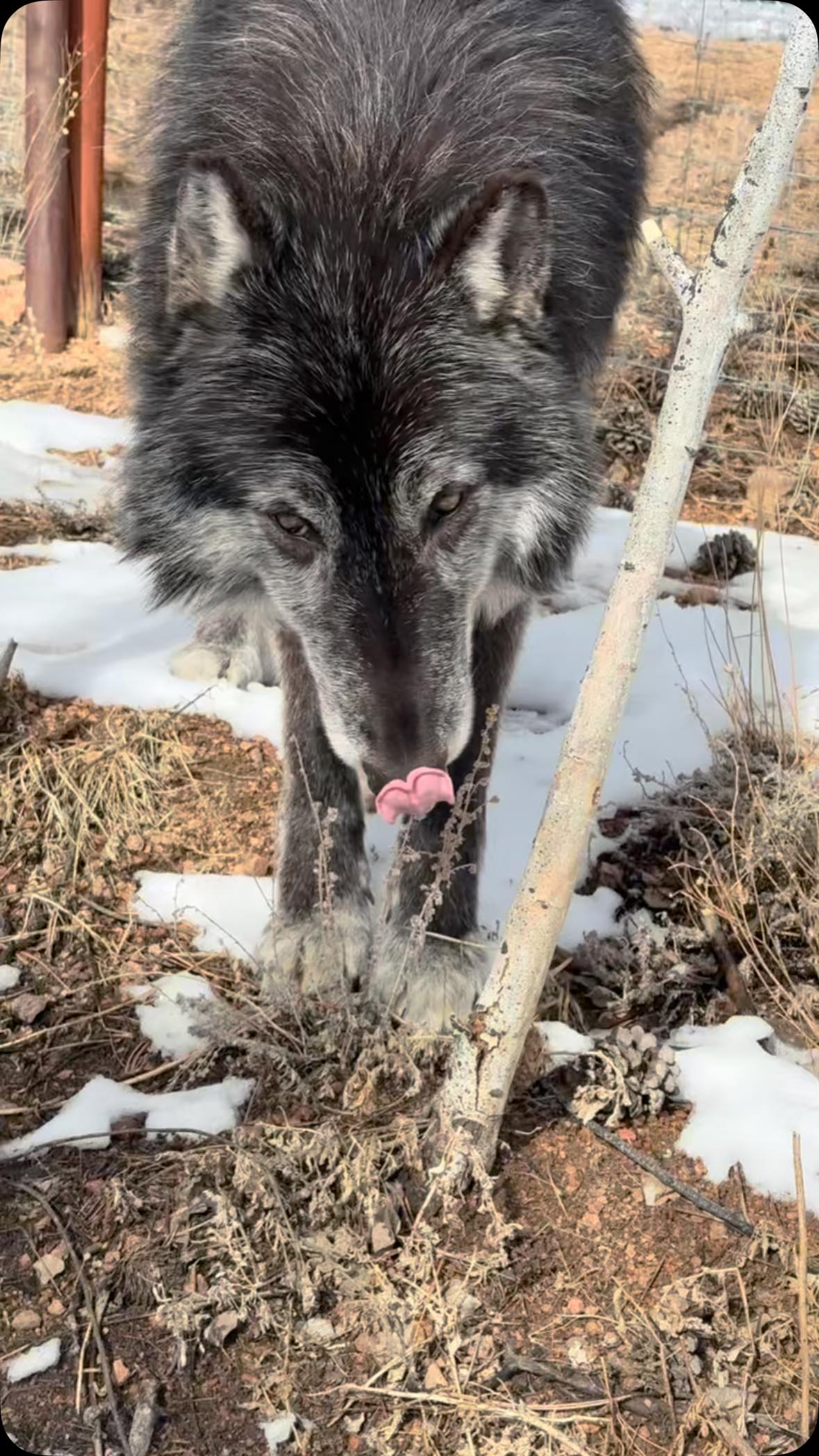- Innovative strategies in wildlife conservation for species recovery and habitat preservation.
- The significance of social media in engaging the public in wildlife awareness and conservation efforts.
- Understanding the role of zoos and wildlife parks in supporting global biodiversity and education.
- Analyzing the interaction between species management and community involvement for effective conservation.
- Considering the impact of digital communication platforms on wildlife conservation organizations and their outreach efforts.
The contemporary scope of wildlife conservation encompasses a dynamic range of strategies aimed at reversing the decline of global biodiversity. Conservation efforts often integrate scientific research, public engagement, and habitat preservation. An essential component of these initiatives is the ingenuity of organizations in crafting approaches that address the specific needs of endangered species and frail ecosystems. The goal is to foster biodiversity resilience and trigger positive ecological outcomes.
One of the prevalent methods in conservation is species recovery, which hinges on comprehensive research and carefully crafted interventions. For instance, programs may involve captive breeding, genetic management, and habitat restoration. Captive breeding, often seen in institutional settings like zoos, is vital in augmenting wild populations at risk of extinction. This technique aims to support gene diversity, assuring long-term species robustness. Nonetheless, it is critical to cooperate with local communities to establish favorable conditions that promote animal reintroduction into the wild.
The preservation of habitats forms another foundation of wildlife conservation. Habitat degradation and destruction are leading causes of biodiversity loss. Conservationists employ various tactics, including land protection, rewilding initiatives, and ecological restoration, to counter these threats. Protecting large tracts of land can facilitate wildlife corridors, enabling species to migrate and thrive in more extensive ecological landscapes. Additionally, managing invasive species and restoring natural flora and fauna align with efforts to stabilize the local ecosystem.
The convergence of social media with conservation work represents a revolutionary shift in public engagement strategies. Platforms like Facebook and Instagram allow conservation organizations and zoos to reach worldwide audiences effectively. Through captivating narratives and visual storytelling, these entities can broadcast vital conservation messages, spark global awareness, and collect support for their missions. Social media can enhance community involvement, encouraging public participation in projects like citizen science and volunteer-driven conservation efforts.
Social media profiles provide platforms for organizations to showcase their authentic identities, cultivating trust within digital communities. As indicated by the efforts of initiatives like “Good night from Amarok everyone,” establishing a recognizable emblem (such as an official logo on a Facebook profile) becomes crucial in maintaining outreach integrity. Moreover, maintaining an interactive presence helps combat social media challenges, such as misinformation and page impersonation, while building a robust support base.
Zoos and wildlife parks play a pivotal role in supporting biodiversity through both in situ and ex situ conservation projects. Beyond serving as refugia for endangered species, these institutions are educational powerhouses, enlightening visitors about the natural world. Zoos help build public understanding of ecological imbalances and highlight solutions to mitigate detrimental human impacts. By hosting workshops and educational events, zoos also inspire a new generation of conservationists, cultivating an enduring relationship between humans and the natural environment.
In the sphere of species management, effective conservation outcomes rely on the synergetic relationship between professional wildlife managers and local communities. Community-involved conservation measures ensure that strategies are context-sensitive and culturally considerate. Facilitating dialogue between scientists, policy-makers, and communities bridges the knowledge gaps and promotes mutual understanding of goals and practices. This collective approach can generate sustainable conservation solutions, reiterating the interconnectedness of all stakeholders in wildlife preservation.
Digital communication platforms are increasingly critical in the organization and engagement of conservation efforts. By utilizing these platforms, wildlife organizations can amplify their conservation messages, expand their global footprint, and raise necessary funds to drive their projects. However, maintaining the efficacy of such digital tools requires adaptability and commitment to regular, genuine communication. The digital age offers unique opportunities for wildlife advocacy, shared knowledge, and the mobilization of conservation resources.
“Good night from Amarok everyone!” exemplifies the importance of social media engagement in wildlife conservation. These narratives cultivate community spirit and participation, demonstrating that effective conservation is a shared responsibility. By leveraging various media channels and fostering direct connections with supporters, conservation efforts can enjoy prolonged sustainability and adaptability in the face of global ecological challenges.
In conclusion, modern zoology and conservation demand a multifaceted approach where fieldwork intertwines with scientific endeavor, social engagement, and innovative thinking. Through collaborative action and technological integration, the prospects for wildlife protection grow increasingly feasible, promising a more sustainable symbiosis between humans and nature. The efforts by organizations worldwide affirm a collective resolve to secure a biodiverse future for generations to come.
*****
Source Description
Good night from Amarok everyone!
We’re still holding out hope of recovering our Facebook page! If you’d like to follow us on Facebook be sure to look for the profile with our official logo as the picture.


